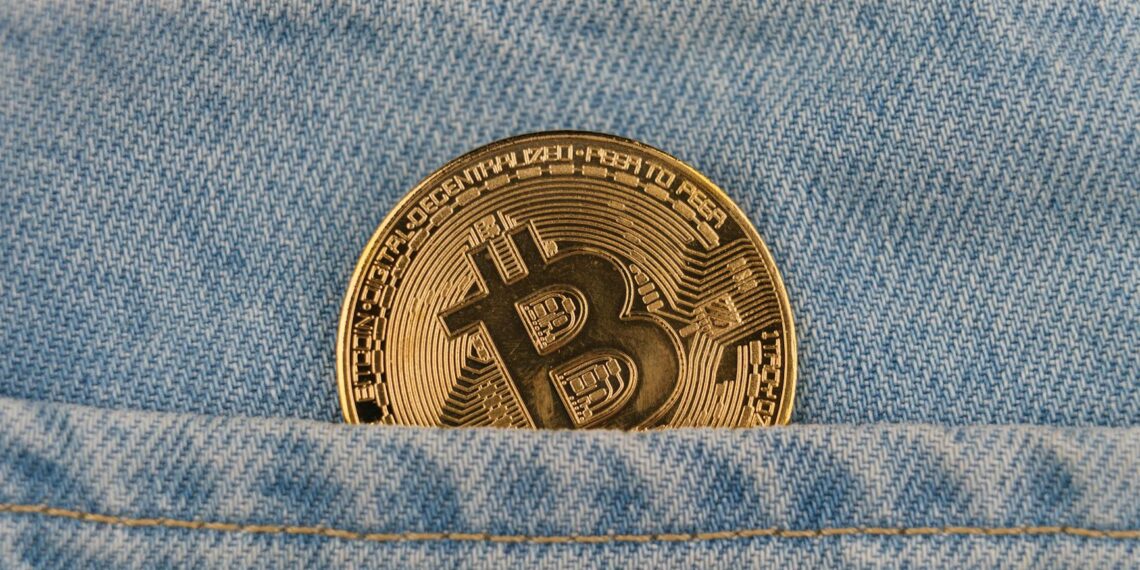Hyperledger Fabric, unlike public blockchains like Bitcoin and Ethereum, does not inherently feature a native cryptocurrency or “coin” for incentivizing network participation or validating transactions. This design choice reflects its core focus on enterprise-grade, permissioned blockchain solutions where established business rules and trust relationships typically govern interactions.
- Permissioned network: Hyperledger Fabric operates on a permissioned model, requiring authorized participants to join and interact with the network, [according to ZebPay] and. This contrasts with public blockchains where anyone can participate.
- No built-in cryptocurrency: Fabric does not rely on a native token for transaction processing or rewarding validators. This eliminates the need for mining and its associated costs and energy consumption.
- Focus on enterprise use cases: The platform is designed for businesses to streamline processes, manage supply chains, facilitate financial settlements, and more, where confidentiality and controlled access are paramount.
- Tokenization possible: While not having a native cryptocurrency, Hyperledger Fabric can be used to create and manage digital tokens representing various assets, including:
– Tangible assets: Real estate, commodities, and luxury goods.
– Intangible assets: Contracts, intellectual property, and certifications.
– Digital currencies: Stablecoins and potentially even Central Bank Digital Currencies (CBDCs).
- Chaincode for token creation: Tokens are implemented using chaincode (smart contracts in Fabric terminology) which defines the rules for their issuance, transfer, and management on the ledger.
- Benefits of tokenization: Tokenization on Fabric can offer enhanced liquidity through fractional ownership, increased transparency, cost efficiency by reducing intermediaries, and access to a wider investor base.
In essence, while you won’t find a “Hyperledger Fabric coin” akin to Bitcoin or Ether, the platform provides the robust infrastructure and flexibility to build and manage digital tokens for a wide array of enterprise applications.









Does Hyperledger have a coin?
Thanks for asking. This Hyperledger neither has any nor will have its coin. It is a vital thing to keep in mind about Hyperledger. This directly addresses Hyperledger’s purpose: developing robust industrial applications using blockchain technology while remaining apart from the digital currency creation process.
Does Hyperledger Fabric have a token?
Fabric allows for the creation of tokens that represent real-world assets, both fungible (like loyalty points) and non-fungible (like unique digital artwork). This opens doors for new business models and unlocks additional value from existing assets.
What is Elon Musk’s crypto coin?
Dogecoin, the meme coin once adored by Elon Musk, has jumped more than 10% over the last seven days, riding the crypto market rally as Bitcoin hit a record high of $123,091.61 early this week. A meme coin is a type of cryptocurrency that parodies a mainstream cryptocurrency.
What is Hyperledger crypto?
Hyperledger (or the Hyperledger Project) is an umbrella project of open source blockchains and related tools that the Linux Foundation started in December 2015. IBM, Intel, and SAP Ariba have contributed to support the collaborative development of blockchain-based distributed ledgers.